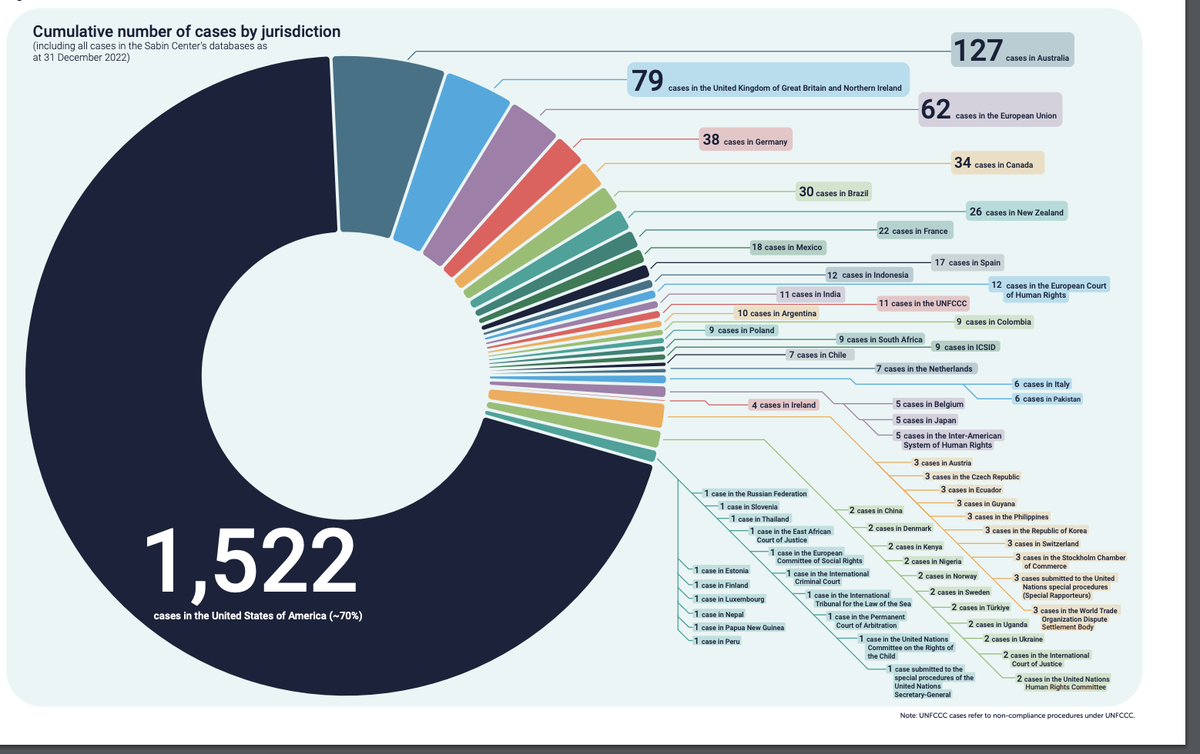Last month, a wave of excitement swept through the world of Alzheimer’s research after Eli Lilly published results of a trial of their drug, donanemab.
They found that the drug slowed cognitive decline in 47% of those who took the drug, vis-à-vis 29% who got a placebo. ‘Slowed’ here meant staving off the disease for six months to a year, when judged by multiple factors.
Donanemab, while still in trials, follows on the heels of another drug, lecanemab, from Eisai, a Japanese pharmaceutical company that was fast-tracked by United States Food and Drug Administration. A third drug called aducanumab was approved by the FDA in 2021, but as an analysis in the JAMA Neurology reported last October, donanemab and aducanumab were not “cost effective,” given their cost and the limited improvement in the quality of life.
The common thread in these drugs, other than being monoclonal antibodies (lab-synthesised to mimic natural antibodies) is that they neutralise the build-up of amyloid protein in the brain, believed to be most significantly associated with the disease. Elevated levels of amyloid form plaque and trigger another protein called tau that damages brain cells, causing the cognitive decline typified by the disease.
There were a further set of complications associated with donanemab in the trial. Donanemab, like lecanemab and aducanumab, could cause fatal brain bleeding and seizures. Nearly a fourth of the participants in the Eli Lilly trial were afflicted by bleeding and three died of it.
The limited success with drugs that target only the amyloid protein buildup suggests that there may be other factors responsible for triggering the disease. One of these is the oxidative stress hypothesis, which suggests that the brain remains healthy as long as ‘free radicals’ that are produced in the course of the various biochemical reactions in the body are kept in check by ‘anti-oxidants.’ This is a theory that predates the nearly quarter-century investigation into amyloid-linked causes of dementia but of late has gained greater significance with researchers around the world, including in India, designing trials and therapies to test its implications.
Free radicals often damage healthy cells, and are believed to be involved in a range of diseases including Parkinson’s. The natural defence against such unwanted oxidation is a range of ‘antioxidant enzymes’; such as superoxide dismutase (SOD), glutathione peroxidase (GPX), catalase or aldehyde dehydrogenase and nonenzymatic antioxidant factors. “The antioxidant enzymes catalyse the reaction of reduction of free radicals, which diminishes their power and hence oxidative cytotoxicity,” says a 2013 study in the journal Psychatria Danubina.
As long as there is a balance between the oxidative molecules and antioxidants to neutralise them, the body remains healthy. While there are several of these antioxidants, a prominent one is glutathione.
This entity has a way of directly blocking free radicals and also maintains the vitamins E and C in reduced forms, conferring antioxidant properties on them.
In brain imaging studies conducted in his lab, Dr Pravat Mandal, of the National Brain Research Centre, Manesar, has linked low levels of glutathione and high levels of iron and copper (highly oxidative) in the brain with early signs of the cognitive impairment that is typical of Alzheimer’s. “Oxidative stress is present in everybody’s brains. As long as the oxidative radicals are balanced by glutathione there is no problem posed to brain functioning. While scientists have speculated on these links for years, it wasn’t until brain imaging studies from my lab in Alzheimer’s patients showed reduced levels of glutathione and oxidative build-up that there’s a lot more interest in this work,” he told The Hindu. “From my experience of observing brain images of Alzheimer’s patients at various stages of cognitive decline, the lack of glutathione in key regions of the brain is stark and, I’ve observed, is linked even to psychiatric problems. Oxidative stress is thus the precursor to the amyloid plaque.” Mandal along with his colleague Rimil Guha Roy and Joseph Maroon of the Department of Neurosurgery, University of Pittsburgh Medical School authored a paper in the ACS Chemical Neuroscience last week arguing the role for oxidative stress.
Later this year Dr Mandal and doctors at AIIMS, Delhi are set to begin a clinical trial testing whether cognitively impaired patients would benefit from 500 mg of glutathione being orally administered. Separately, his group is testing, along with Medanta Hospital, Gurugram, if a blood test can determine critically low levels of glutathione in the brain, which currently can only be determined via magnetic resonance imaging (MRI).
While the disease is irreversible once plaques set in, identifying the conditions that trigger these plaques can significantly improve life prospects, said Mandal.
There were 55 million globally living with dementia – the most common cause of which is Alzheimer’s disease. This number is expected to double every 20 years and be about 78 million by 2030, according to an estimate by Alzheimer’s Disease International. India is expected to have about 7.6 million afflicted by 2030, as per the Dementia in India Report, 2020, majority of whom are likely to be diagnosed with Alzheimer’s.
- The common thread in these drugs, other than being monoclonal antibodies (lab-synthesised to mimic natural antibodies) is that they neutralise the build-up of amyloid protein in the brain, believed to be most significantly associated with the disease.
- The limited success with drugs that target only the amyloid protein buildup suggests that there may be other factors responsible for triggering the disease.
- There were a further set of complications associated with donanemab in the trial. Donanemab, like lecanemab and aducanumab, could cause fatal brain bleeding and seizures.










